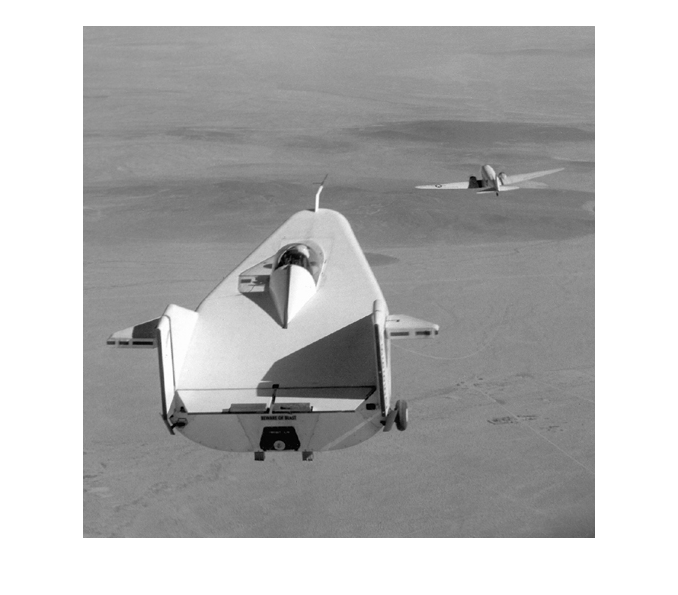qtdecomp
Quadtree decomposition
Syntax
Description
Examples
Input Arguments
Output Arguments
Tips
qtdecompis appropriate primarily for square images whose dimensions are a power of 2, such as 128-by-128 or 512-by-512. These images can be divided until the blocks are as small as 1-by-1. If you useqtdecompwith an image whose dimensions are not a power of 2, at some point the blocks cannot be divided further. For example, if an image is 96-by-96, it can be divided into blocks of size 48-by-48, then 24-by-24, 12-by-12, 6-by-6, and finally 3-by-3. No further division beyond 3-by-3 is possible. To process this image, you must setmindimto 3 (or to 3 times a power of 2); if you are using the syntax that includes a function,fun, the function must return0at the point when the block cannot be divided further.
Algorithms
The qtdecomp function divides a square image into four
equal-sized square blocks, and then tests each block to see if it meets some criterion
of homogeneity. If a block meets the criterion, it is not divided any further. If it
does not meet the criterion, it is subdivided again into four blocks, and the test
criterion is applied to those blocks. This process is repeated iteratively until each
block meets the criterion. The result can have blocks of several different sizes.

